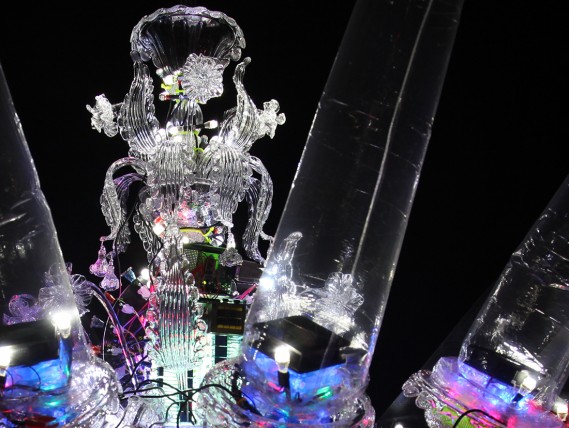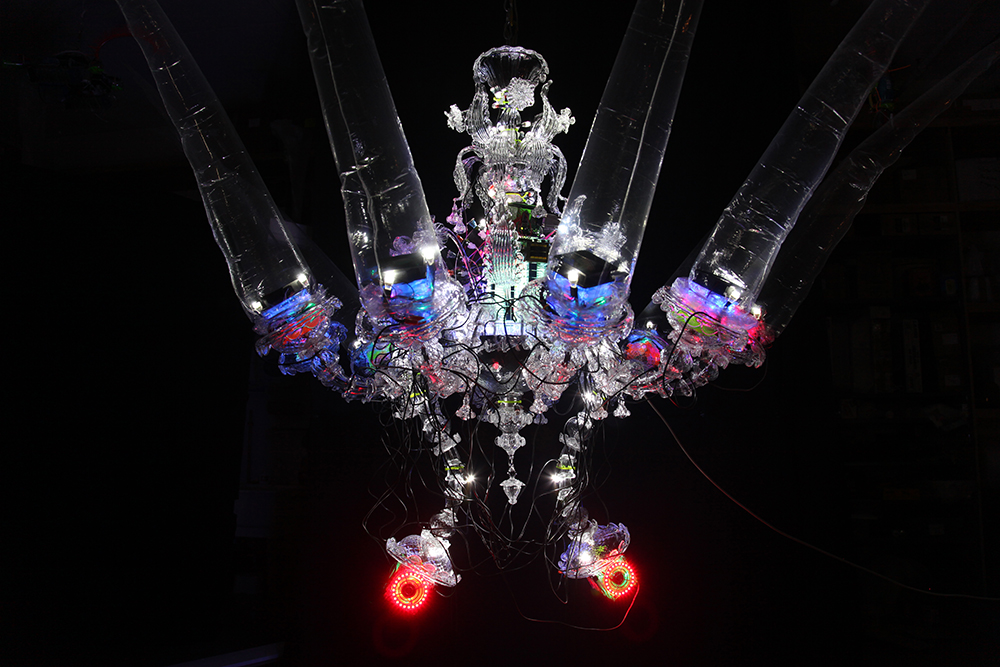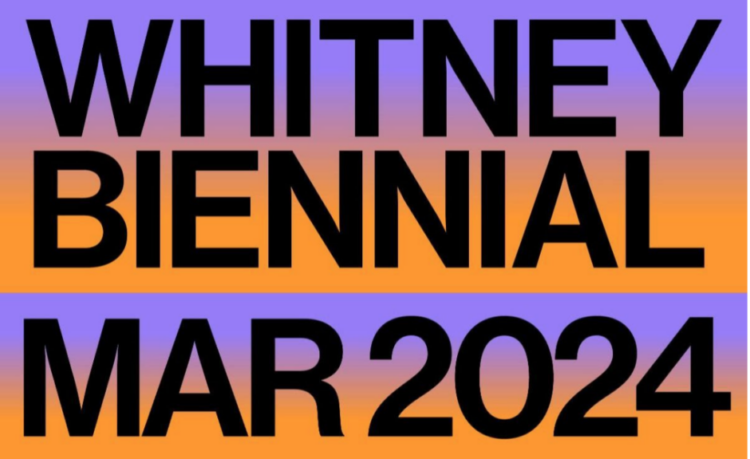Shih Chieh Huang Creates New Commissioned Work for Glasstress 2013
The art world has gotten used to managing their calendars around the Venice Biennale every two years. In 2009, a collateral event was added to the offerings. In an effort to connect the history of Venetian glass production to the slew of contemporary art enthusiasts coming to town, Glasstress was formed. Seeking to illuminate the “…limitless possibilities inherent in glass,” organizers invited leading contemporary artists to collaborate with Murano glass blowers to create new work. Artists in 2009 and 2011 included Mona Hatoum, Chen Zhen, Fred Wilson, Dan Graham, Tony Oursler, Kiki Smith, Vik Muniz and Monica Bonvicini.
The 2013 iteration of Glasstress includes new work by Shih Chieh Huang (2009 Emerging Fields). Huang combined his process of making sculptures with household materials, animated by using original computer algorithims, with the traditional Venetian chandelier. The result connects Huang’s interest in technology and commercial culture with the great history of design from the islands of Murano.

Shih Chieh Huang, Seductive Evolution of Animated Illumination, 2013
I touched base with Shih Chieh to learn more about how this new project took shape.
Lisa Dent: What challenges did you encounter translating your work into the medium of glass and working with the craftsmen in Murano? Was there anything that surprised you about Murano or the work you encountered there?
Shih Chieh Huang: When I first conducted the site visit last December in Murano, I learned a lot about the process of glass making. There is a long history and tradition not just in the final glass product but in the process that occurs during glass making. I got very interested in 15th-century Renaissance chandeliers, the story behind their design and how some of its aesthetic has a functional and structural reason.
One challenge I encountered was how to keep and preserve the traditional aesthetic and integrate my own work aesthetic, unifying these two styles together. The other challenge was explaining to the non-English-speaking glass masters why I am altering the traditional design, like bending the glass arms in funky positions and tilting other glass arms in particular 45-degree angles to fit computer cooling fans. Traditionally, after the glass parts are made there is a specific order in which the chandelier is assembled. I had to scramble and reverse some of the steps in order to fit my electronic components into the body of the chandelier. The piece was put together and taken apart many times before everything finally fit together.
One of the things that surprised me about Murano is that there are less and less traditional glass masters. Many of the contemporary glass designs cannot be made through traditional methods and tools. I saw many retired glass masters hanging out in local bar cafes everyday after work during my stay. I cannot understand what they are saying, but I wonder…
VIDEO: The completed work, entitled Seductive Evolution of Animated Illumination
Lisa: Now that the piece is completed, how do you feel about it compared to your other work? Do you think you’ll work in glass again?
Shih Chieh: I usually work with plastic and don’t have to worry about accidentally dropping or breaking parts during process. It is something that’s constantly hovering over my head while working with glass—the fear of breaking it. Glass is such a delicate material, and it is heavy. One thing I like about glass is its ability to reflect light in such clarity and its ability to gather light in a way plastic can’t. Compared with my other works, there are things plastic can do that glass couldn’t and there are things glass can do that plastic couldn’t. They each have qualities I like and each material is unique in its own way. This is the first time I worked with glass and yes, I would like to work with glass again if there is another opportunity.
VIDEO: Shih Chieh Huang discusses the development of his project for Glasstress 2013.
Shih Chieh Huang’s work is on display in Glasstress: White Light / White Heat, a collateral event of the Venice Biennale, through November 24, 2013.

